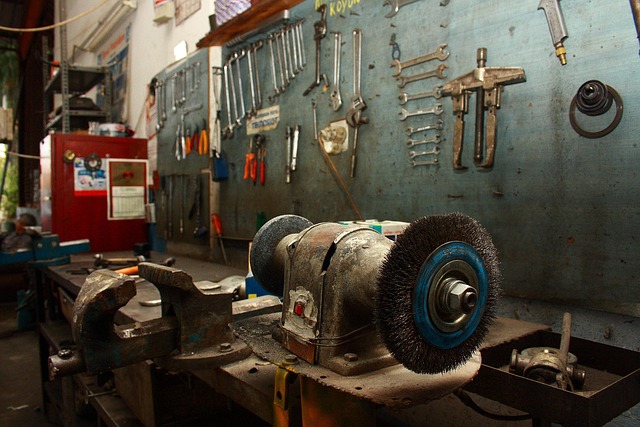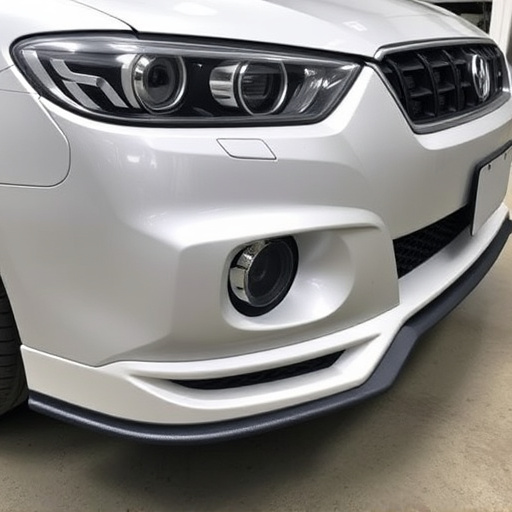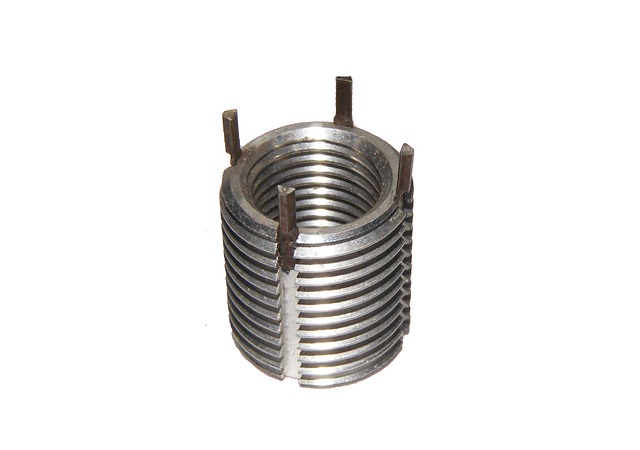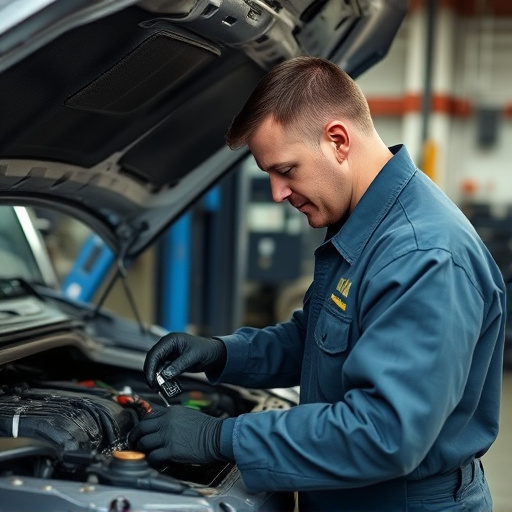A frame alignment service is a crucial collision repair process that rectifies structural distortions in a vehicle's frame, caused by accidents or driving impacts. It meticulously realigns metal components to original specifications, ensuring safety and performance. Proper frame alignment prevents long-term damage and costly repairs, with advanced technology like laser machines measuring and adjusting chassis points precisely. Technicians also inspect for previous misalignments and structural issues, addressing them before they worsen. For severe suspension damage, full suspension repair replaces or repairs components, offering optimal structural integrity and ride quality at a higher cost.
In the pursuit of optimal vehicle performance, understanding the nuances between essential maintenance practices is paramount. This article delves into two critical aspects of automotive care: Frame Alignment Service and Full Suspension Repair. The former involves precision adjustments to ensure wheel alignment, enhancing safety and fuel efficiency. The latter, a more extensive procedure, targets complete suspension system restoration, crucial for handling and longevity. By comparing these services, drivers can make informed decisions tailored to their vehicle’s needs, ultimately prioritizing safety and performance.
- Understanding Frame Alignment Service: A Comprehensive Overview
- Full Suspension Repair: When and Why It's Necessary
- Comparing the Two: Benefits and Considerations for Your Vehicle
Understanding Frame Alignment Service: A Comprehensive Overview

A frame alignment service is a specialized procedure offered by reputable collision repair shops and auto collision centers to correct structural distortions in a vehicle’s frame. Often, such distortions occur due to accidents or impacts during normal driving. The service involves precise manipulation of the car’s metal components back to their original specifications, ensuring the vehicle retains its safety features and performance capabilities. This process is crucial for maintaining the integrity of the auto’s chassis, which supports the entire weight of the vehicle and houses vital systems like steering, suspension, and brakes.
Proper frame alignment is key to preventing long-term damage and costly repairs. Collision repair shops use advanced technology, such as laser alignment machines, to measure and adjust various points on the frame with precision. This meticulous approach ensures that wheels are aligned correctly, tire wear is even, and the vehicle handles smoothly. Moreover, a skilled technician will also inspect for any signs of prior misalignments or underlying structural issues, addressing them before they lead to more severe problems.
Full Suspension Repair: When and Why It's Necessary
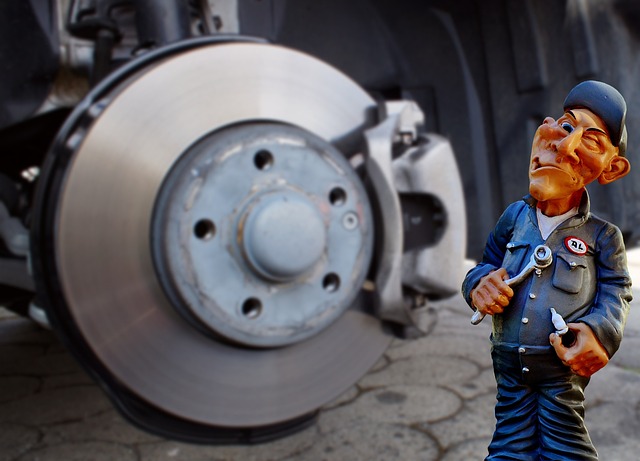
Full Suspension Repair: Unlocking the Need
In the realm of automotive maintenance, a frame alignment service is often sought for cosmetic adjustments. However, there comes a time when a more comprehensive solution is required—a full suspension repair. This transformative process isn’t merely about aesthetics; it’s a critical aspect of collision repair shops and car body shops that ensures the safety and performance of your vehicle. Over time, various factors can contribute to suspension damage, such as accidents, uneven road surfaces, or regular wear and tear. When parts like shocks, struts, control arms, or ball joints succumb to excessive stress or aging, they can no longer maintain proper alignment and spacing, compromising handling and stability.
A car bodywork services provider will then step in to address these issues, offering a full suspension repair that goes beyond surface-level adjustments. This involves meticulous inspection, replacement of faulty components, and recalibration of the system to restore optimal performance. By investing in such repairs, vehicle owners not only enhance their driving experience but also extend the lifespan of their cars, ensuring they remain reliable companions on the road.
Comparing the Two: Benefits and Considerations for Your Vehicle
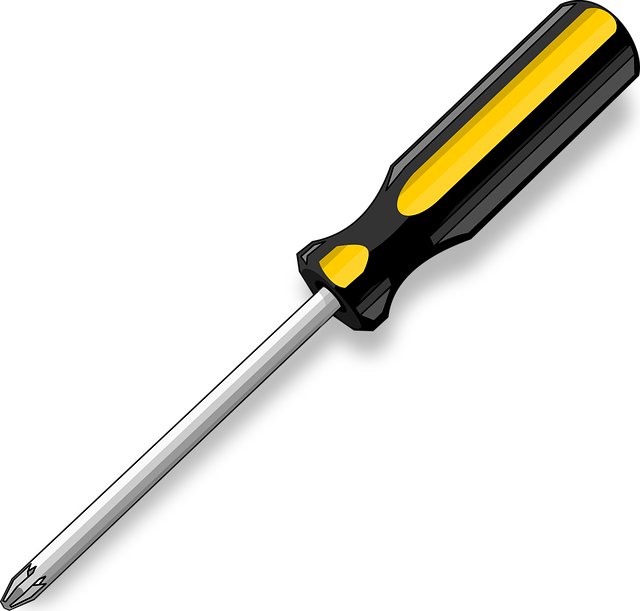
When comparing a frame alignment service to full suspension repair, it’s essential to understand the unique benefits and considerations for your vehicle. A frame alignment service focuses on realigning your vehicle’s frame and suspension components, addressing issues like misalignment, uneven tire wear, and steering problems. This process is often less invasive and cost-effective than a complete suspension repair, making it an ideal choice for minor to moderate damage. It can also enhance fuel efficiency, improve handling, and extend the life of your tires by ensuring they make uniform contact with the road surface.
On the other hand, full suspension repair involves replacing or repairing all components of your vehicle’s suspension system, including springs, shocks, struts, and control arms. This extensive service is necessary for severe damage, such as major accidents or heavy impact incidents. While it comes at a higher cost, full suspension repair guarantees a more robust and safe driving experience by restoring the vehicle’s structural integrity and ride quality to their optimal levels. It also includes an auto bodywork process that might be required to fix any associated cosmetic damages, ensuring your car undergoes comprehensive care.
When deciding between a frame alignment service and full suspension repair, understanding the unique needs of your vehicle is key. While a frame alignment service offers cost-effective solutions for minor misalignments, full suspension repair is essential for more severe damage or when components are worn out. By comparing the benefits and considerations of each option, you can make an informed decision to ensure optimal performance and safety for your vehicle. Remember, regular maintenance and prompt attention to any alignment issues will help keep your ride smooth and extend the life of your suspension system.

